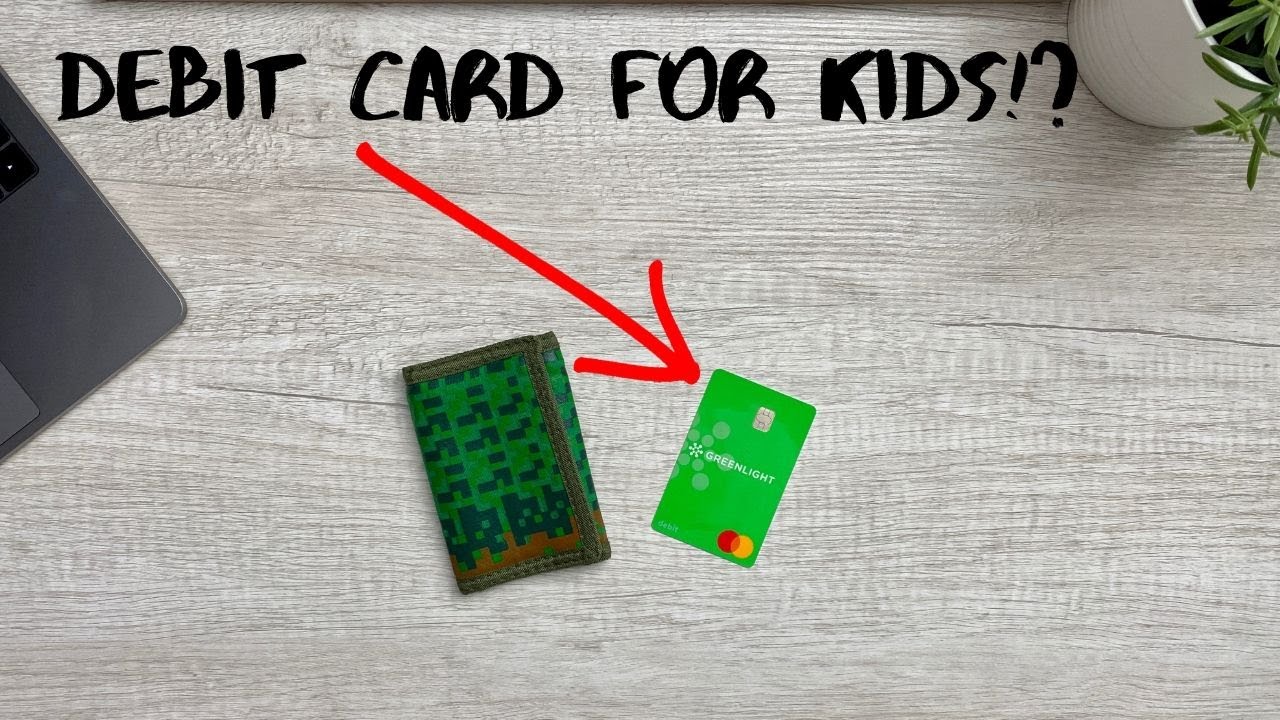
If your child will be using a creditcard, you should establish spending limits and reimbursement policies. Also, you should teach your child about financial responsibility as well as how credit can cost money. These tips will help your child use a credit card responsibly and avoid the pitfalls of using it inappropriately.
Clear spending limits
Set spending limits before giving your kid a credit card. It's not a good idea to allow your child to go crazy and end up in debt. Instead, you should set clear guidelines as to how much your child can spend each day and what items are allowed. This way, your child won't be tempted to buy something they don't need.
It is also a good idea that you and your child review all purchases on an annual basis. This will help your child understand the reasons behind the purchases and decrease the chances of them making late payments or having high balances. This will show in their credit report later. Remind your child that they are responsible to pay the interest and balance.

One way to limit spending is to create authorized user accounts. You can reward authorized users by making purchases with your creditcard. These rewards can be used for emergency expenses, or to stock up for a vacation. To prevent overspending, authorized users can be granted different credit limits.
Your child should be taught about financial responsibility
Your child's financial responsibility can be taught by using their credit card. This will encourage responsible financial habits. Credit cards can be a good opportunity to show children about money, how to balance checkbooks, and how to manage accounts online. However, parents should be very careful not to introduce their child to too much debt and should only give them a credit card when they are mature enough to make sensible purchases.
Remembering that teens are highly mobile and use their smartphones to shop, it's important to teach them credit and money. You will help them be prepared for any unexpected costs. Financial literacy is vital for future success. You will be able to secure better rates of insurance, mortgages, and car loans. It will save your child money and help you avoid scams by teaching them about credit.
Protecting your child’s credit cards
You can protect your child's credit by placing a freeze in their credit and keeping track their activities. This way, you will be able to prevent identity theft. It is also a good idea for you to report frauds to the FTC or to the credit bureaus. Protecting your child's credit can be done by placing a credit freeze. This blocks lenders from accessing credit reports and opening new accounts under their name.

First, check your child's credit reports to protect their credit. Most companies will use their child's phone number to verify their identity, but identity thieves can fake the number to avoid detection. This is called caller identification spoofing. Identity thieves might use automated callers for the purpose of spoofing your child's telephone number. They may even impersonate a company or an institution.